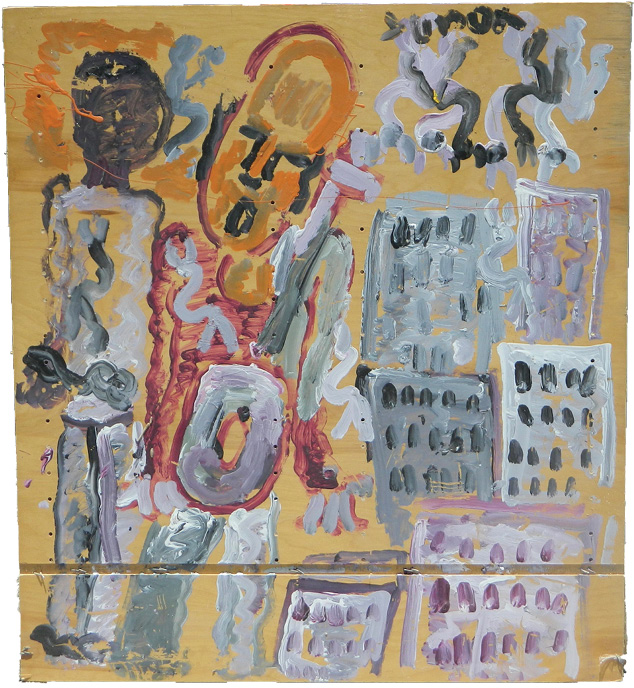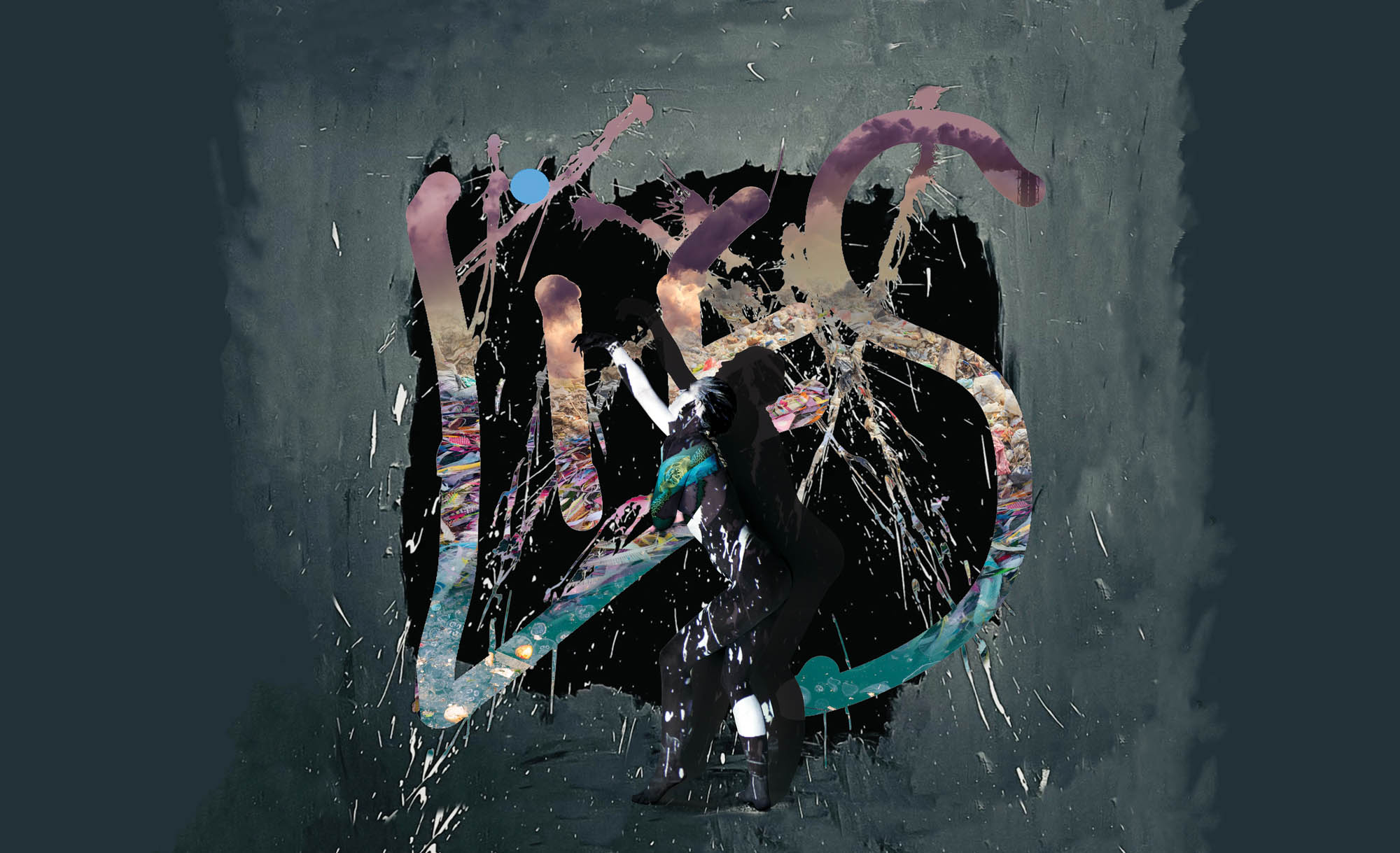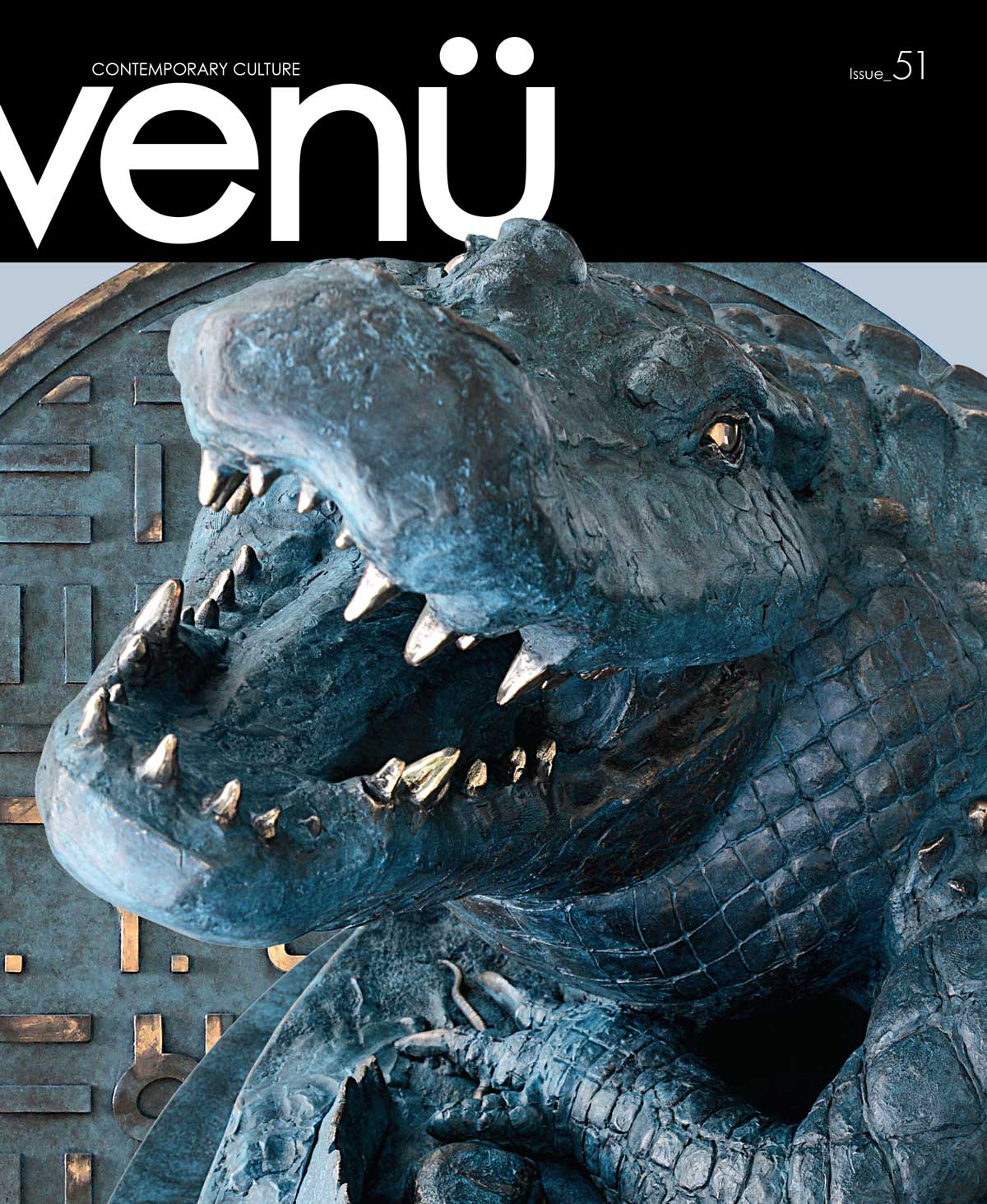
Jordi Mollà, The Man Behind the Faces
It’s funny how casual conversations, or even a chicken painting, can lead to serendipitous connections you might never have had otherwise. How if you hadn’t been to that Miami Beach hotel during Art Basel or hadn’t received unsettling news that afternoon or weren’t meeting a friend for a spur of the moment cocktail or so many other experiences that were more happenstance than planned, you would have never met that one person who inspires you to look at life a little differently, a bit more passionately and experience it infinitely more richly than you did before.
That’s the short story behind our introduction to Jordi Mollà, a modern-day, multi-talented Renaissance man blessed with grit, grace and an old-fashioned heart. With an acting career that began when he was 23 and took off when he co-starred in a Spanish comedy, Jamón Jamón, with Penelope Cruz in 1992, today Jordi has dozens of films, at least 61 I read somewhere, and unforgettable performances to his credit. You may remember meeting him as Johnny Depp’s friend-turned-foe nemesis, Diego Delgado, in the critically acclaimed movie Blow, when he made his Hollywood debut; Cate Blanchett’s royal rival, King Philip of Spain, in the 2007 film, Elizabeth, The Golden Age; dangerous drug king pin Johnny Tapia in Will Smith’s comedy Bad Boys II; the menacing Spanish arms dealer in the 2010 action comedy Knight and Day starring Tom Cruise and Cameron Diaz; Santana, a cold-blooded bounty hunter in Vin Diesel’s Riddick and so many other villainous characters in movies too numerous to list here – but that’s just a part of his repertoire. He’s also a director, filmmaker, writer and artist, whose works speak volumes about his sensitivity, refreshingly unaffected, to the world and the people around him.
Born in Barcelona, Jordi Mollà is arguably one of Spain’s most popular and busiest movie stars, with a make-believe killer persona and unbelievable lady-killer good looks. One of his co-stars famously called him the “Tom Cruise of Spain,” referring no doubt to his undeniable screen-star talent and unmistakable appeal, despite the fact that the roles he plays often cast him as the bad guy.
We asked him about that when we talked with him this summer. Here’s a man who is all heart according to the people who know him best. Does he mind playing the guy audiences love to hate?
He laughed as he explained that he’s not a war person at all. But there’s a difference between playing a bad guy and being a good bad guy. That, he says, calls for some serious exploration of the character’s psyche and personality to bring them out as real people.
I asked him about the 16th-century Spanish king he played in Elizabeth: The Golden Age. His answer gave me a glimpse into his sympathetic soul.
“I try to bring something unexpected to the role,” he answered. “In that moment of history, when kings ruled because of their bloodline, I thought he could be a nerd, even though he was somebody so powerful on earth at that time. Nobody asked that guy if he really wanted to be a king, it’s just the way it was. So I thought that I should play him as a guy who didn’t really want all that pressure on his shoulders and was a little scared but couldn’t let on what he was really feeling.”
Jordi likened his king’s plight to that of a little spider that everybody is scared of but in reality that spider is just as scared of us. “Think of what we are to that spider, we are hundreds of times bigger. That’s how I played him.”
He aces every villain he’s played, leaving audiences awed by his ability to immortalize and humanize them. He’s playing another bad guy, a South American dictator named Nicholas Reyes in season two of Amazon’s Jack Ryan series, which debuted on August 31 this year. For this role, he took his character to a charismatic place à la Fidel Castro, a man, who despite his tyrannical rule and repressive politics, was a romantic figure with legions of admirers.
Do you research the person you are playing? I asked.
“No. I am very intuitive. I just do what feels right for the character. Sometimes I do not know what the entire story is about.”
“I remember asking the scriptwriter for one of my films, ‘do I die in this one?’”
‘Did you read the script?’ he asked, shaking his head in disbelief. I told him I had but the truth is, I had not read it all the way through.”
“I did not know that I was dying in the movie because these are the things I don’t want to know. That knowledge would impact the way I play my characters. I want them to be as real as possible and to react to situations as they would if they were really happening.”
He explained how Stanislavski Method actors want to know what happens when they open the door so they can prepare their emotions.
“I just open the door.”
Marlon Brando was like that he reminded me. “He wouldn’t remember his lines so he would put a piece of paper on the forehead of the actress he had a scene with and see her at the same time. He was brilliant.”
So is Jordi and not just on screen. His artwork is eye opening as well, even more so when you hear how he describes his passion for it.
“Painting is like my lover,” he said. “I am married with acting and having a lover, my painting, is good for my relationship with acting.”
Writing also plays a big part in his life. He has written two novels and several scripts for screenplays. His first book was a book of his first times. His first kiss, his first bicycle, his first love, and he sold 7,000 books right out of the gate. His second book was a complicated story about a writer who discovers he’s dead through a book he’s writing. And as crazy as that plot may sound, it fits with this deeply thinking man who likes others to think deeply as well.
Take his abstract painting. Many of us are intimidated by this type of art because we may not understand the message the artist is trying to impart. But do all artists hide deeper meaning inside their work?
“I think painting messages are more important in the American culture than in Europe,” he said. When he travels to the states for art exhibitions, he said that the people who see his paintings need to know what is in the painting. They want to know what he as the artist was trying to convey, what the story is.
When Jordi paints, he starts with an impulse of something that has no message, no literature, no set form. He likes to see what it means to the person who looks at it, not what he wants them to see.
“I spend more time thinking and watching the canvas than actually painting. If you would see me where I am painting, you would see a man that is sitting down with three or four or ten paintings simultaneously. Then you’ll see me do some stuff to the painting, get up, leave the room, turn out the light, go out to have a gin and tonic, then come back in again and do some more things to the canvas.”
“I need to breathe and need to paint ten things at the same time. I have an idea of what I want to paint but everything can change in one second especially in the first painting. It’s always a victim. Sometimes it isn’t working and the last one becomes the 1st one again. I resurrect paintings I thought were dead and all of sudden they come back to life. I’ve had paintings in storage for 15 years, like the painting of a machine gun that I got tired of. I started it in 2014 and every time I looked at this painting, I would say out loud, ‘this painting is dead Jordi.’ So I would try to do something to it after several months, and would still find myself saying ‘this painting is dead.’ Then I did something to the painting and two people were watching me and didn’t say a word. They just watched until I finished, saying, “wow, wow” and I left to have a cup of coffee. In the end I loved the feeling of saving this painting, of resurrecting something and bringing others enjoyment.”
That’s the heart and soul of Jordi Mollà’s work, bringing others enjoyment in whatever he undertakes.
Like his renaissance women series, a parade of painted ladies with sayings emboldened on their portraits. Lest you think the words have meaning for the models, think again. Those printed thoughts didn’t come from women. Jordi thinks it’s important that what the line says doesn’t match 100% with the image.
“It needs to be off. That’s when imagination comes in for the viewer. There has to be a missing point in my paintings, there has to be some mystery attached to it.”
Personally he says, “I love movies that I don’t get one hundred percent or paintings that leave room for the imagination. Raphael’s paintings bore me a little because he is so perfect that he has said it all and I have nothing to do but be a spectator. But with Picasso, it’s different. In one of his paintings, the paint dripped, and he left it there. That little mistake is what makes the difference for me. He showed his human side in his drippings,” Jordi said.
I had to ask if Picasso, like him a fellow Spanish artist whose creativity never waned, influenced his paintings.
“What I like about Picasso is that his work is so simple. He seems to forget everything he learned on purpose and starts to paint like a beginner each time he does a new painting. I find that very interesting.”
In addition to creating paintings that reflect some of that signature Picasso style, I found it interesting that Jordi played a young Picasso in the Emmy-nominated series “Genius” which tells the story behind Pablo Picasso and the muses who inspired him. Is it easy to cross over from painting to acting to painting again I asked. Is one an outlet for the other?
“When I am painting, I act like a painter. I eat differently. I sleep differently. It’s like being in a role. Journalists sometimes try to label me and I got to the point of telling them that I am a great actor who paints. When I paint, I really go into the character of a painter. I dress and talk differently so I can be a painter.”
So who is the real Jordi Mollà? A man of many faces and emotions, Jordi once asked a photographer on one of the sets he was working on to take his picture, paparazzi style, non-stop and take as many pictures as he could in less than a minute. Jordi sat in front of the camera to try to show 270 emotions in 40 seconds.
He went from normal to any and every kind of emotion, melancholy, exhaustion, happiness, peace, joy, anger, one right after the other one. From them, he took the most relevant images that showed his face with different emotions and painted on top of them.
Was that a challenge for him or a piece of cake? I could feel his smile as he told me he wanted to do it again only upping the number of emotions he portrayed. “I can switch it on and off,” he said, “because that’s what actors do.”
But Jordi is not just any actor. He admits that he is hypersensitive, feeling everything, constantly caring, listening to others deeply, watching out for them ceaselessly.
“Everything affects me, and it can be exhausting. I need to sleep a lot and turn off the machine.”
You’ll find his essence and emotions in everything he does, from his villainous alter egos on screen to his artistic side on canvas and in print, all of which are meant to give people pause and permission to explore and experience their own feelings about his work.
An old soul with a young spirit, Jordi is the real deal, a genuinely humble, gentle man who derives real pleasure from the simple, more meaningful things of life. He says it’s all about love. That’s the bottom line. When someone asks for an autograph or a photograph – or even an interview for Venü when he’s in the middle of filming an American TV series in the heart of Bogota – he does it because he’s honored, not bothered.
In fact, that’s how we first came to know Jordi, after a mutual friend met Jordi when he purchased one of his paintings from a Coral Gables art gallery where he exhibits his work. When the gallery owner went to deliver Jordi’s chicken painting, Jordi, in town for a quick visit, wanted to come along to reconnect with the person who bought it – and thank him again. The painting features a little chick with a saying on it, similar to the ones written on his Renaissance Women. It was the saying and the chicken, two seemingly unrelated images that caught our friend Kevin’s attention. It reads: “It’s not about what happens to you but how you react to it that matters.” And for Kevin, it couldn’t have come at a better time.
How and where Jordi comes up with the sayings that draw his admirers in is equally revealing.
“I am a very good listener and watcher also,” he shared. He hears words of wisdom or phrases that stick with him and he puts them in his IPhone along with the photos he snaps of graffiti or signs or billboards he sees on his travels.
“When someone says something I think would be good in a painting I write them down. I have a big collection of sayings,” he said, telling me that he once stopped a taxi driver so he could get out of the cab and take pictures of the panels protecting a construction site in London while he was there shooting a movie. “There were amazing sentences on the panels and they ended up in the Renaissance Women and other paintings.” Including our friend’s beloved chickens.
Kevin has since purchased another chicken painting and has his eye on a third, telling us the Jordi’s art gives him joy, happiness and hope every time he looks at it, not to mention a friendship with the acclaimed actor and artist who sent him a recorded blessing for good health from the Pope when he met him during a visit to the Vatican.
Meet the real Jordi Mollà. ☐





Leave a Reply